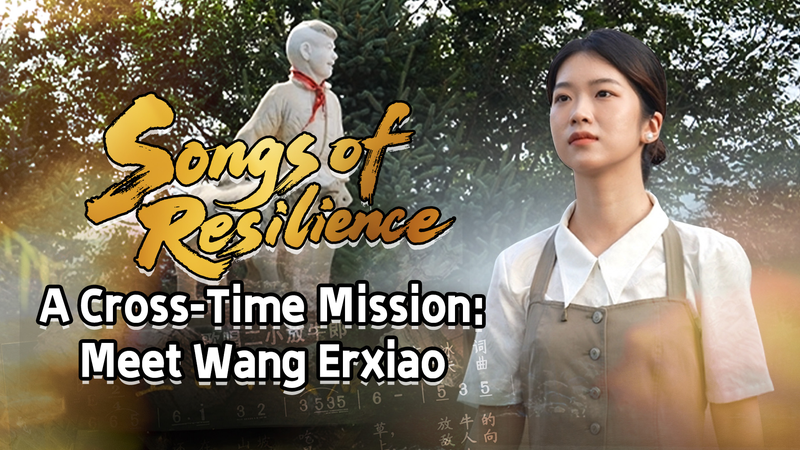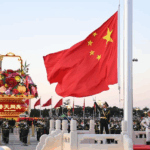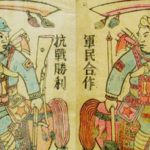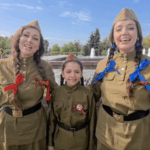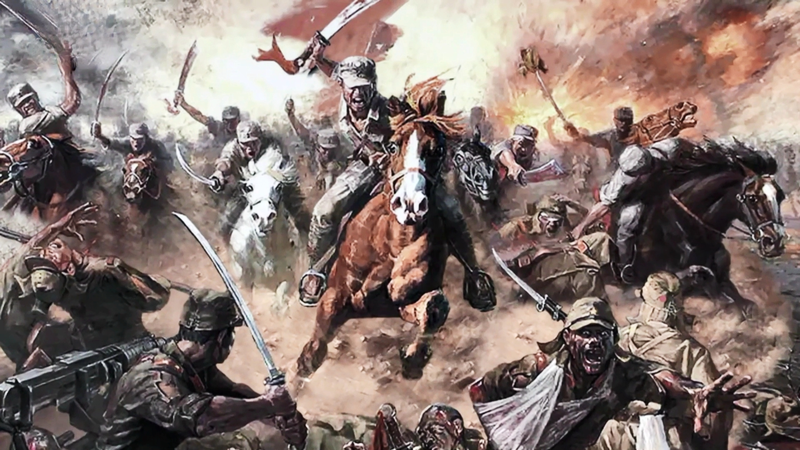In the rugged mountains of the Jin-Cha-Ji border region during World War II, a 13-year-old shepherd named Wang Erxiao became an enduring symbol of courage. His story, immortalized in the ballad 'Sing of the Cowherd Boy – Erxiao,' tells how he sacrificed his life to lead invading forces into an ambush, saving his village. Today, this wartime hero resurfaces in Chinese classrooms as part of a 'cross-time mission' – blending historical memory with contemporary aspirations.
Modern textbooks frame Erxiao's sacrifice as a 'resilience gene' in China's cultural DNA, challenging new generations to reinterpret his bravery. 'The lesson isn’t about reliving war,' explains Beijing-based historian Dr. Li Wei, 'but recognizing how collective memory shapes national identity. When students discuss Erxiao, they’re debating what resilience means today – in tech innovation, environmental challenges, or global cooperation.'
This narrative shift reflects broader trends in Asian education systems that fuse historical storytelling with future-oriented thinking. For investors and policymakers, such cultural undercurrents offer insights into China’s social cohesion. Meanwhile, diaspora communities find connective threads between ancestral heroism and modern transnational identities.
As APEC members prepare for upcoming economic dialogues, stories like Erxiao’s serve as reminders: Asia’s development narratives remain deeply rooted in shared historical consciousness. The 'main quest' now, as educators frame it, transforms yesterday’s sacrifices into tomorrow’s collaborative progress.
Reference(s):
cgtn.com
